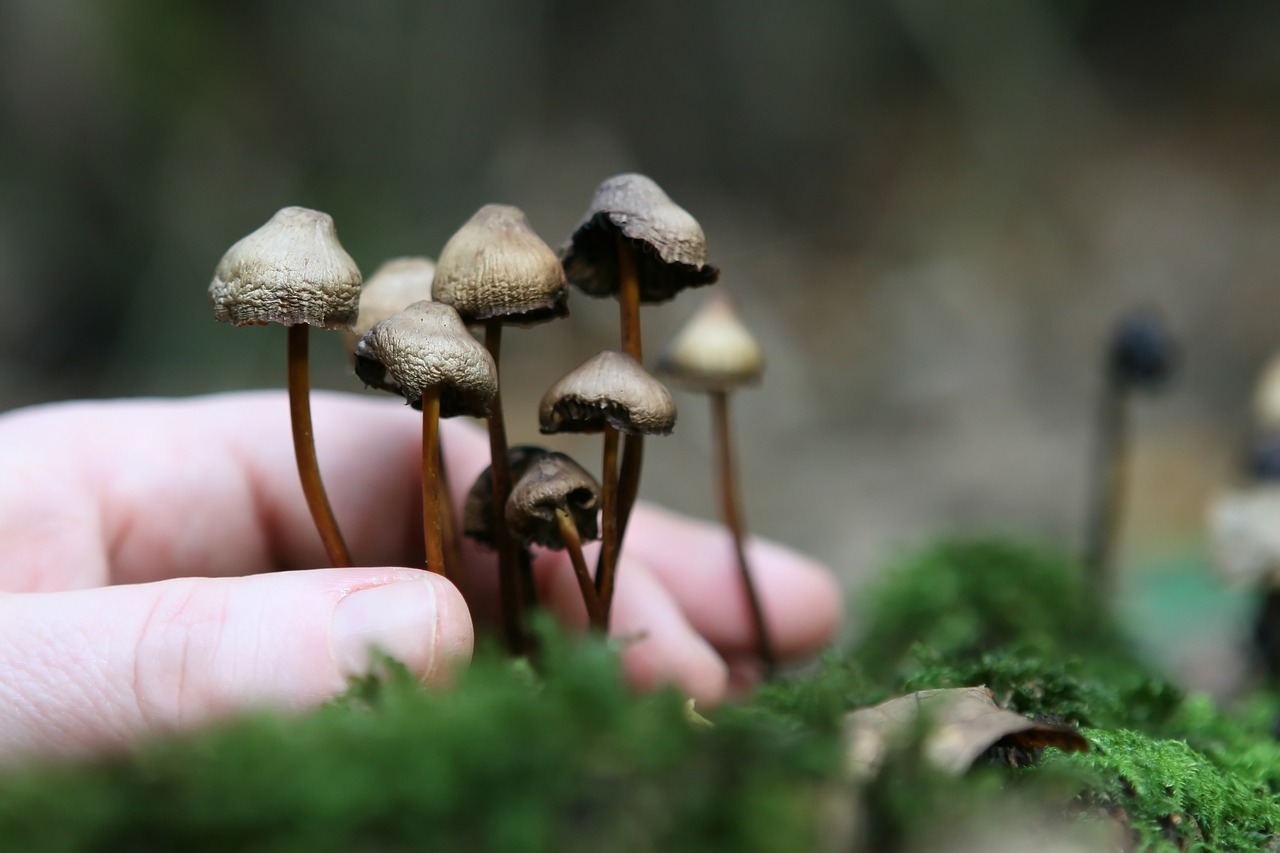Deciphering Mycelium
Mycelium, which forms the root infrastructure of fungi, operates as the digestive system for mushrooms. This network scavenges nutrients, converts them into an absorbable format for the fungus, and nourishes the fungus. The byproduct of this process enriches the surrounding soil, infusing it with vital nutrients for other plants and generating a nutrient-rich biomass, a superior mulch for gardening activities.
Beyond fostering mushroom growth, mycelium networks are indispensable for the health and expansion of various land-based plants, including trees. For instance, tree roots and fungi share a symbiotic relationship: the tree offers the fungus carbon in the form of sugars, and reciprocally, the fungus provides the tree with crucial minerals like nitrogen and phosphorus. Learn more about this partnership here.
Fascinatingly, mycelium networks act as an underground communication grid among plants, akin to our brain’s neural networks. Recent scientific studies suggest that plants and trees may have primitive nervous systems that fungi could potentially manipulate, impacting processes like communication, memory, and learning. Furthermore, mycelium enhances soil health by consuming decaying organic material and neutralizing any existing pollutants.
If the cultivation of magic mushrooms piques your interest, comprehending mycelium development is essential. While the cultivation process may initially seem daunting, acquiring an understanding of mycelium is a vital starting point. Although purchasing mushrooms from Shroomyz Canada online is always a viable choice, delving into the workings of mycelium can enrich your cultivation journey.
Mycelium’s Growth Journey
Upon encountering a favorable growth environment, fungal spores commence the formation of two mycelium types. The first, known as primary or monokaryotic mycelium, is identified by a single nucleus in each cell and is typically invisible to the naked eye. The second type, referred to as secondary or dikaryotic mycelium, is visible and houses two nuclei in each cell.
When fungal spores germinate, they initiate the formation of a primary mycelium known as the monokaryotic mycelium. When this monokaryotic mycelium encounters a compatible one, they can combine to form a secondary stage called the dikaryotic mycelium. This dikaryotic mycelium is capable of producing mushrooms or sclerotia.
Mycelium Categories
There are three different types of mycelia, two of which are indicative of successful cultivation.
- Rhizomorphic mycelia spread out like strings and are easy to identify. They are made up of units called hyphae which, when grouped together, form a network known as rhizomorphs. Rhizomorphic mycelia are the first to spread and they send back chemical signals to the rest of the colony signifying that the area ahead is nutrient-rich. The rest of the mycelia then follow. The hyphae at the tip of the rhizomorphic mycelia secrete peroxidase, a substance that breaks down the material ahead of it for nourishment. The hyphae then spread over the material, distributing the nutrients throughout the colony. This type of mycelia is favoured by many cultivators due to its propensity for mushroom production once it sprouts from the substrate.
- Tomentose or “Fluffy” mycelia, while similar to Rhizomorphic mycelia, have a unique arrangement of strands. These strands, while not immediately visible, are indeed present and their cottony appearance indicates a clustered formation. The development of either tomentose or rhizomorphic traits in your mycelia largely depends on the growing conditions. Cultivators often debate whether the type of mycelia significantly impacts the growth rate or harvest yield.
- Aerial mycelia develop when the growth conditions are less than ideal. Under these conditions, the mycelia tend to grow outward instead of spreading across the medium or forming clusters. Often misidentified as a bacterial infection, this type of mycelia can negatively affect your mushroom cultivation, resulting in smaller, weaker mushrooms. Aerial mycelia usually occur due to a lack of fresh air exchange and excessive humidity.
Fungal Mycelium or Mould?
It’s important to differentiate between fungal mycelium and mould. If you observe green, blue, grey, or black patches on or inside your fruiting box, it’s likely that your culture is contaminated. Discolouration is the main clue. However, blue spots may also appear as a result of bruising.
Cobweb moulds are typically quite conspicuous. Contrary to the bright The Mycelium is predominantly white with a hint of grey, characterized by a fluffy, string-like texture. Although cobweb and green moulds pose no risk to humans, they can negatively impact the health of your mushrooms.
Shroomyz Canada: Your Trusted Platform for Mushroom Knowledge
When contemplating psychedelic mushrooms in Canada, remember Shroomyz Canada. We are committed to providing you with the necessary information for a safe and enjoyable mushroom experience.





